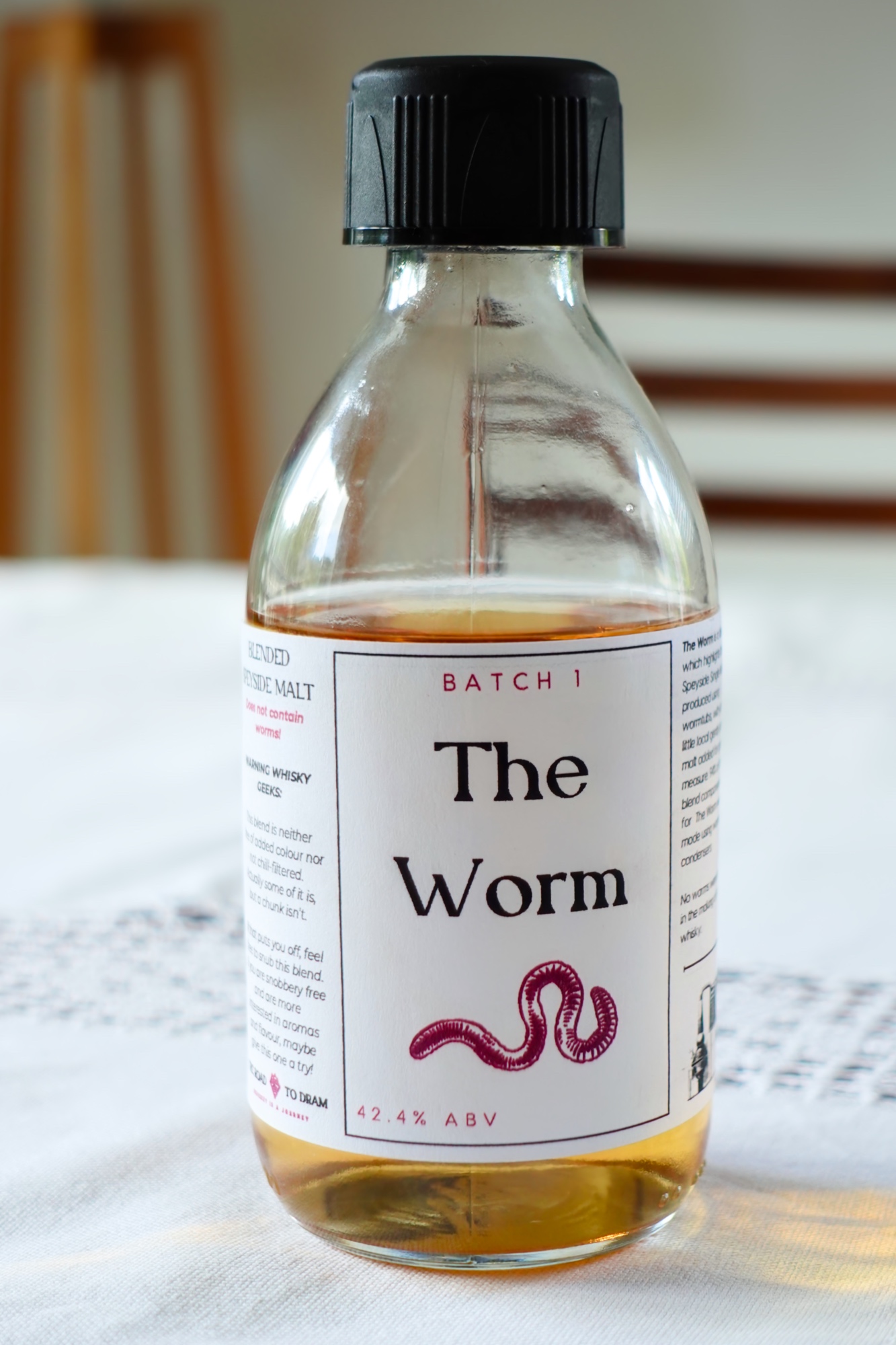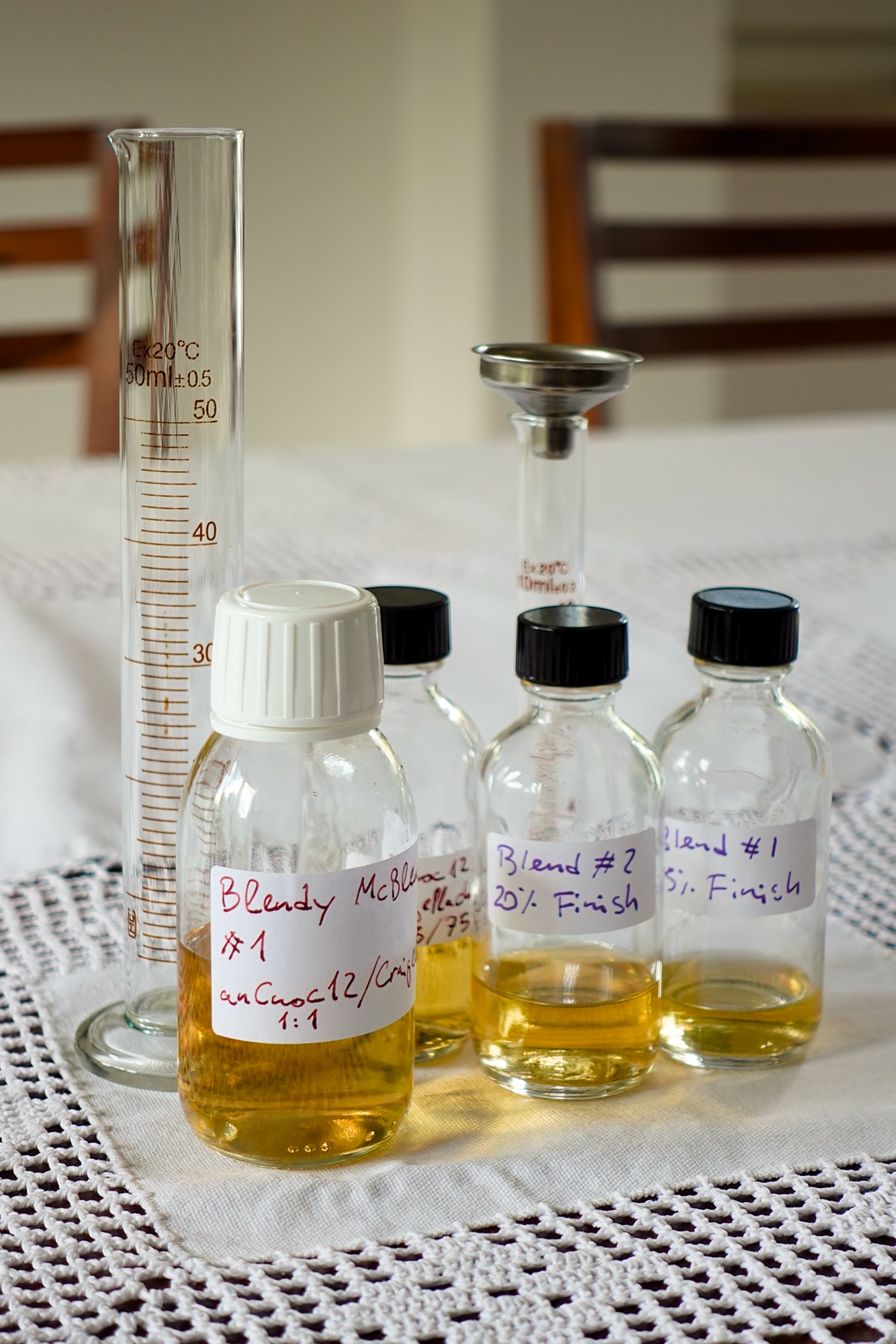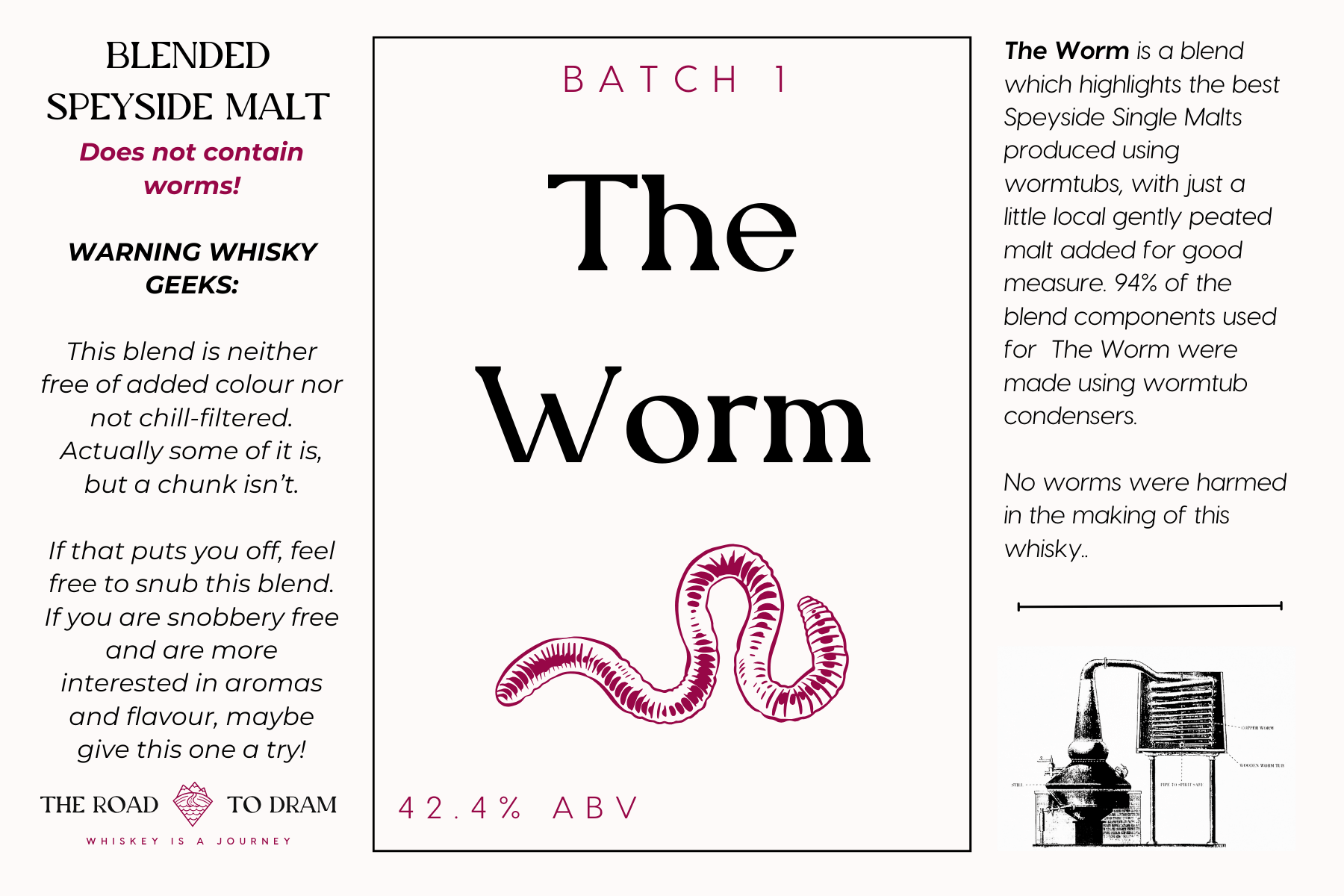I started writing this article about four weeks back, struggling to find the motivation to stick to my plan for this blog. I quickly realised fatigue can hit anyone, from WhiskyTube royalty to Lord Asshat himself. And to yours truly. Sharing how I overcome fatigue is a bit of an excuse to write about something I have had a lot of fun with – home blending whisky.

I consider myself a generally balanced person, but mental fatigue is something I struggle with at regular intervals. It is something that I, like many of us, have had to deal with in my private life, work life and even my private passions. In the past, I always tried to manage those work and private life moments with a sense of priority. Those were the ones I needed to solve first, with priority. The fatigue relating to my passions was secondary, to be dealt with when other “more important” things were handled. The result is a long stream of hobbies, interests and pet projects that slowly withered into oblivion.
Until I realised something crucial. Even obvious maybe. Those hobbies and passions are the things that recharge my battery, allow me to deal with the “important” stuff and decrease the risk of fatigue in other aspects of my life. It took the best part of 50 years to get there but at least I got there in the end. And so, when I started feeling fatigued about whisky about a month or so ago, I knew I had to handle the feeling in a way that I learned to leverage for help: playfulness.
Playfulness as an antidote to fatigue
I have to preface the next paragraph with a disclaimer. Playfulness is a tool that I discovered and learned to rely on through trial and error. While it works for me, and it might for others, this is a personal reflection not a piece of advice.
One of my telltale fatigue signs is that I start approaching whatever the cause is with the same attitude I used to approach homework in school. Something that has to be done, usually by a deadline, but which gives me no pleasure nor satisfaction. So when I started looking at the schedule of reviews I had planned for the blog and started getting homework vibes I knew I had to intervene. Forget schedules, forget plans. It was time to have some aimless fun. Time to play around no matter what the outcome would be.
My whisky collection is steadily growing yet the number of emptied is not. Good for my health but not so much for my shelf space. I had been playing with the idea of a whisky home blending experiment for a while. And with a bunch of bottles at hand that seemed the perfect playful activity to kill two birds with one stone.
Getting the band together
Play is fun, but I wasn’t going to gamble on expensive bottles for an experiment. After all, this was a first go at blending and the risk of utter failure was real. So I decided to start from a base of 40% or 43% whisky. Take an entry-level malt and attempt to get it to another level. In case it turned out to be a disaster, it would be less painful to pour it all down the drain.
What was missing was the spark. That came in the form of one of Aqvavitae’s vPub’s – one dedicated entirely to worm tubs. That started shaping an idea. I now had my starting spirit, one of the few 40% bottles I still enjoy, made using worm tub condensers: the anCnoc 12. The next step -deciding on the blending partner- became a lot easier. Although anCnoc labels themselves as a Highland whisky, they are technically in Speyside. Speyside plus worm tubs immediately led me to the other main whisky to use in the blend: Craigellachie 13.
Having a few older expressions of each base whisky, anCnoc 18 and Craigellachie 17, plus the Bas Armagnac version of the 13-year-old, I also knew I wanted to try top dressing blend. This involves adding some older spirit to increase the complexity and smoothness of a blend. The plan was set… time to see if it would work.
Below you will find a quick summary of the process I followed and the final recipe. of my whisky home blending experiment. I hope it may inspire others who might need a playful break from whisky. Or just anyone who wants to start having some fun with blending. This is one experiment I am definitely looking to repeat.
Step 1: set the base ratio
The first thing I wanted to do was decide on a high-level ratio between the two base spirits. To find which would give the best combination of aromas, taste and mouthfeel. I picked a simple option of three ratios (anCnoc/Craigellachie): 75:25, 50:50 and 25:75.

I let these marry for about a week before sampling them.
The 50:50 blend was a bit of a car crash. Muddled, free of real character and somehow significantly more bitter than either of the two individual components.
The other two were much more promising.
The 75% anCnoc 12 to 25% Craigellachie 13 turned the honey, grassy and malty aromas of the anCnoc into something brighter and richer. The Craigellachie added notes of citrus and pineapple which worked like a charm. This had strong summer vibes.
The 25% anCnoc 12 to 75% Craigellachie 13 was equally intriguing. The mouthfeel was the most interesting of the three, not surprisingly. Overall the aromas turned sweeter, with more caramel, even toffee, and the fruity core of the Craigellachie turned more into stewed rather than fresh fruit. Compared to the anCnoc led blend, a warmer autumnal dram.
Considering the time of the year, end of May, and seasonal rising temperatures, I decided to go for the brighter and more summery of the two. The 75% anCnoc 12 to 25% Craigellachie 13 would be the base of my blending experiment.
Step 2: top dressing
I didn’t want to go overboard with top dressing so I decided to limit the older components to either 15% or 20% of the total blend volume. In both cases about half of the top dressing whiskies was anCnoc 18 and the other half a 50:50 split of Craigellachie 17 and Bas Armagnac finished 13.
I preferred the 15% top dressing blend.
Both had a similar profile but the 20% aftertaste got unpleasantly bitter. The 15% ended up true to the bright character of the 75/25 blend, but deeper and richer.
The wet wool funk I get from Craigellachie is more noticeable here and the anCnoc 18 and Craigellachie 17, with their heavier sherried notes, added a touch of warming spices and dried fruit, also giving a longer and richer finish
Finished, right? Not completely. I was quite happy with the result but something was still missing. It was a tad too sweet-driven. Somethign was still missing: a bit of edge to make the whole blend more three-dimensional. It was time to grab another Speysider for help.
Step 3: Ending on a bit of edge
Taking a leaf out of Compass Box (one of the bottles I’ll be reviewing soon), I decided to take some inspiration from their Orchard House blend and add a little peat to the mix. And since I wanted to keep it to Speyside there is one distillery which immediately came to mind: Benromach.
Since I also wanted to keep some elements of age I chose the Benromach 15 as the final blend component. The final make up of my whisky home blending experiment was:
57% anCnoc 12
22% Craigellachie 13
8% anCnoc 18
6% Benromach 15
4% Craigellachie 17
3% Craigellachie 13 Bas Armagnac finish
Given the predominant use of worm tubs made malt, I simply named my blend “The Worm”. It obviously needed an appropriate label to go with that

How does the final blend taste? It can still be improved, but I am pretty happy with the outcome after the final addition. Those honeyed, malty, fruity and herbal core notes are all there. Yet it is now spicier, with a more noticeable orange peel note and a lovely whiff of smoke to wrap the nose up.
Where the difference is more noticeable is on the palate. The addition of the Benromach 15 brought a hit of spices and some savoury tastes. This cut the sweetness in the way I was hoping for.
Independently of the better-than-expected outcome, I had fun. My fatigue decreased and my passion for my next round of reviews was restored. And the round of reviews which follows this whisky home blending experiment will be on Blended Malts.
I would love to hear how others do it. If you blend your whisky as an amateur, what is your process? And if you are a professional blender, what could I have done differently? Please drop a comment at the end and let me know in either case!
Bloopers: Recycling failed experiments
What about all the samples that didn’t get picked as the ones to move forward? Did I really pour them down the drain?

None was so bad that I needed to go to those extremes. Instead, I vatted all of them in a small bottle to be used as a daily pour/calibrator dram. In true playfully British naming conventions, I renamed this bottle Blendy McBlendface. Just for the fun of it.
Remember folks… life is too short to take things too seriously. Have fun!
If you have enjoyed this content, please share a comment below and consider supporting the cost of this blog via the button below